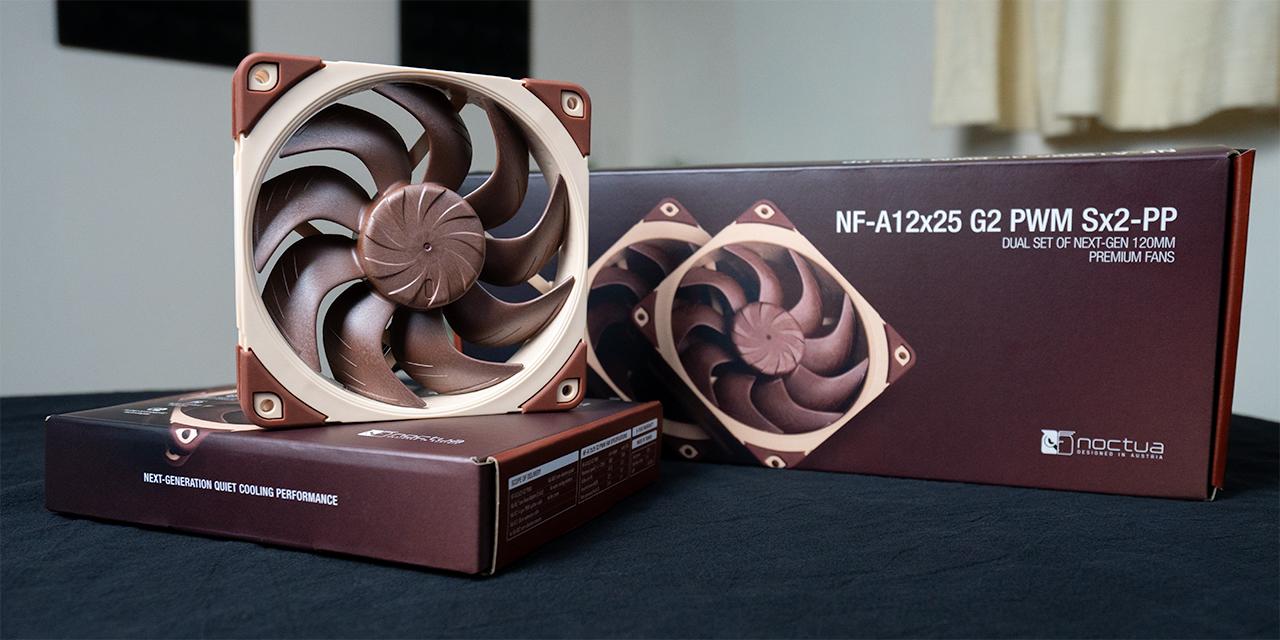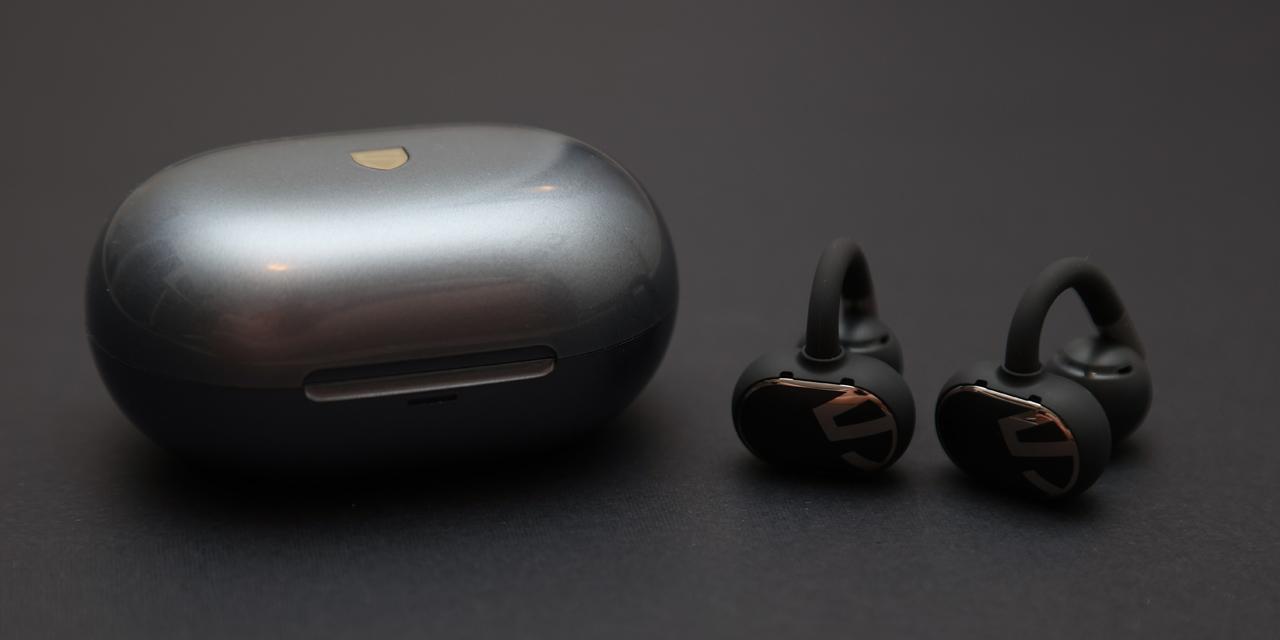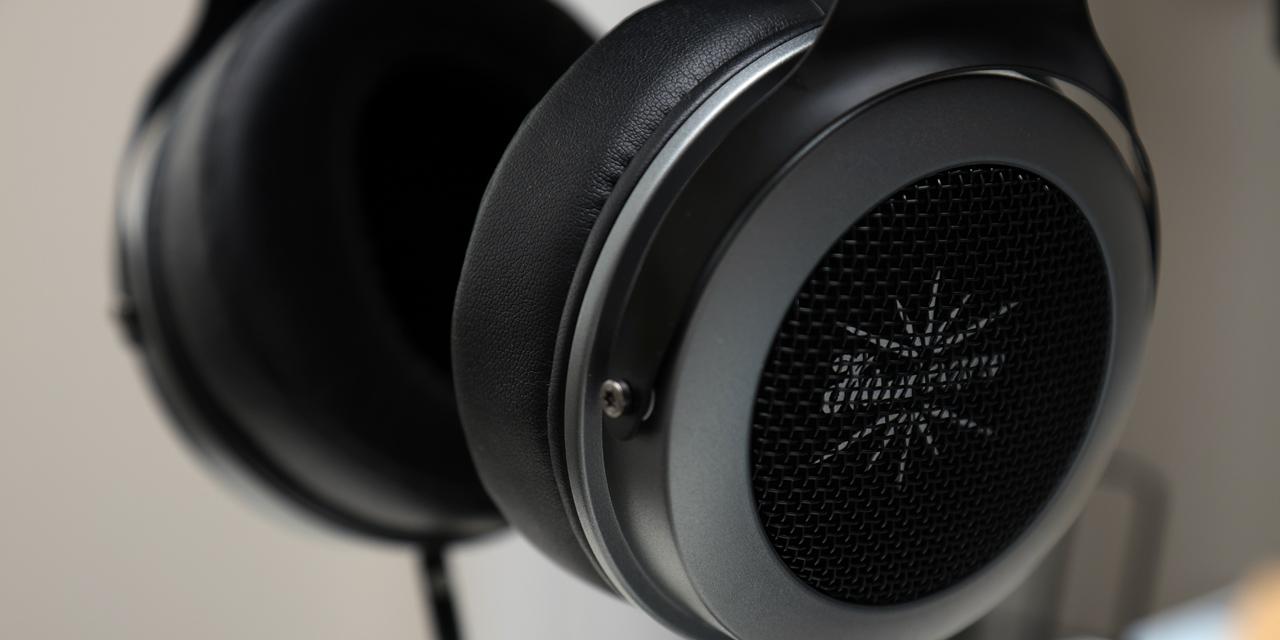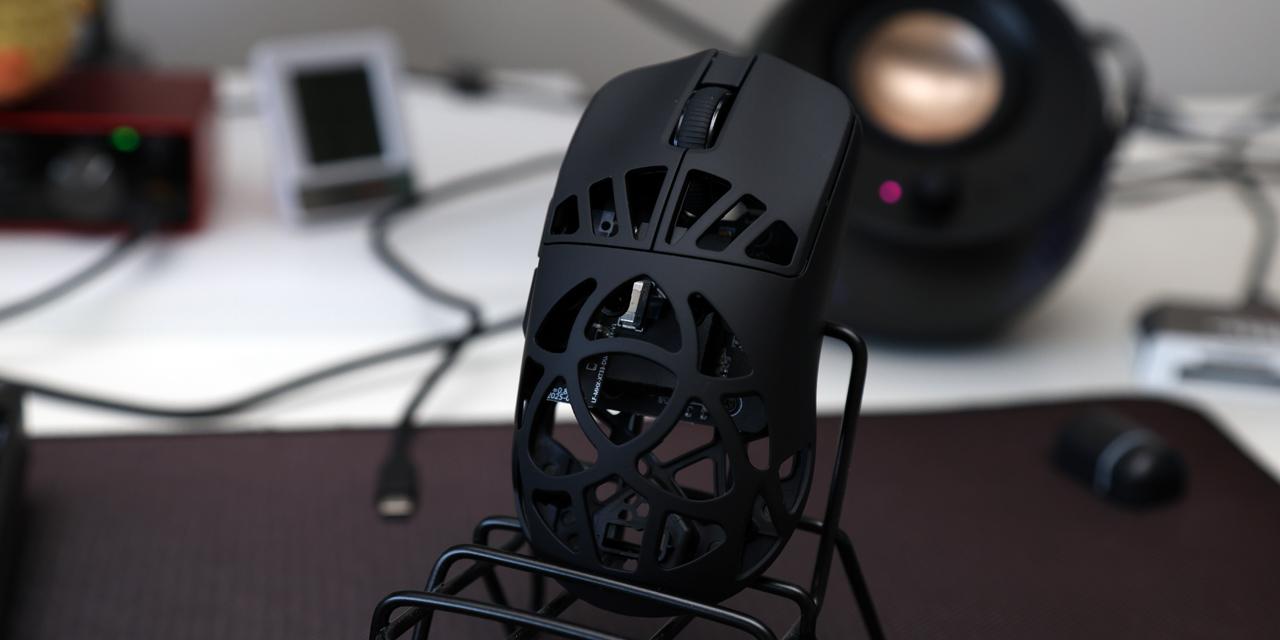Page 3 - A Closer Look - Disassembly and Internals

The disassembly process of the Epomaker Alice 66 is quite simple. There are four screws in this case in each of the corners. As such, you can simply unscrew the screws using a Philips head, then unclip the top and bottom frames from each other. While I could start by removing all the keycaps, I typically have a preference to remove keycaps and switches after disassembly if necessary. It is necessary if you want full access to the PCB and plate. Upon fully unclipping, I was able to simply pull it completely apart. This disassembly process was quite simple and comparable with many other plastic cases. It was a good experience to take apart. Upon exposing the interior design, I was quite pleased with the design. There is a nice slot for the 4000mAh battery, given this is a wireless keyboard, and the daughterboard in the bottom case. The silicone inside nicely fits the interior of the case, filling up any dead space.

The interior design was really quite good in my opinion. Taking a quick look, the design is quite simple. The Epomaker Alice 66 is a gasket mounted keyboard. The specific design is similar to that of the Mr. Suit by Owlab. There are gasket socks placed on the edges of the plate to better cushion and remove any friction. The implementation is quite good, as we have a decent amount of space to work with to allow for some bounce when typing. Epomaker uses a layer of foam and a silicone pad to help from bottoming out. Even if these two components are removed, there will be no issues with shorting out the keyboard as this is a plastic case.
The foam in the case is done well. Epomaker does not hold back when it comes to foam in this case, as inside you will find foam for the bottom of the PCB, switches, plate, as well as some silicone to fill up the case. Foam usage in keyboards is quite important, so having access to this much foam is excellent. To explain simply, the more foam you use, the more muted your keyboard will be for the most part. The Alice 66 uses two layers of poron foam between the plate and PCB. Regarding the switch foam, this case uses IXPE foam rather than the PE foam used in the ever so popular Jelly Epoch. I have noticed the usage of IXPE has been becoming more popular in keyboards. In the bottom of the case, we have a combination of silicone to fill up the housing and some PET Sound-Enhancement pad -- as Epomaker calls it -- to further tune the sound of the Alice 66. Switch foam is a strange usage of foam that I personally find to be a cheat code to premium sound with no science to back up my claim.
The plate inside of the Epomaker Alice 66 is polycarbonate or PC for short. PC is a very popular choice when looking for a deeper sound type for your keyboard. This plate material will provide a deeper tone of sound, and in this case, a deeper “clack”. The plate properties that affect its sound include its stiffness and density as an independent factor in the keyboard. To be more specific, we want the specific modulus or specific thickness, which is also known as the stiffness to weight ratio. The lower this number is, the more “thocky” this material will be for a keyboard. I have not seen any material with a lower specific modulus than PC at the time of writing this review.

Upon closer inspection of the Epomaker Wisteria switches, I hope to provide you with more detail in the makeup of the switch. Thankfully, Epomaker has provided all the information in regard to the Wisteria switches. The stem is made out of a POM and PTFE mixture. Next, the top housing is made of PC. Lastly, the bottom housing is made out of PA66, which is a type of nylon. I am not going to bore you with the specific specifications of each plastic, but to put simply, POM and PTFE both have very low coefficients of friction. When POM and PTFE are mixed together, they have excellent sliding characteristics. In application, this makes sense to be used as a switch stem. The top housing is made out of PC, which is a typical plastic to use. The interesting part is that the top housing is not clear, one of the benefits of using a PC housing. Nonetheless, PC is still a good plastic to use as a top housing if you are looking for a specific sound. Finally, we have nylon, which also has a relatively low coefficient of friction that will work well with the POM and PTFE combination. This is a good choice for the bottom housing, as it will provide a very standard bottoming out sound, comparable to many other switches. I will note that the pole of the switch is slightly longer, as indicated by the shorter total travel. The spring is longer than the usual spring at 20.4mm
Page Index
1. Introduction, Packaging, Specifications
2. A Closer Look - Hardware and Software
3. A Closer Look - Disassembly and Internals
4. Conclusion





